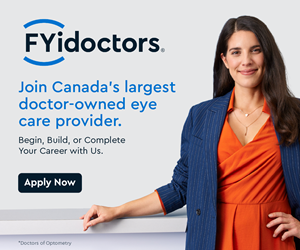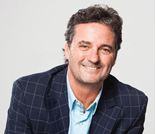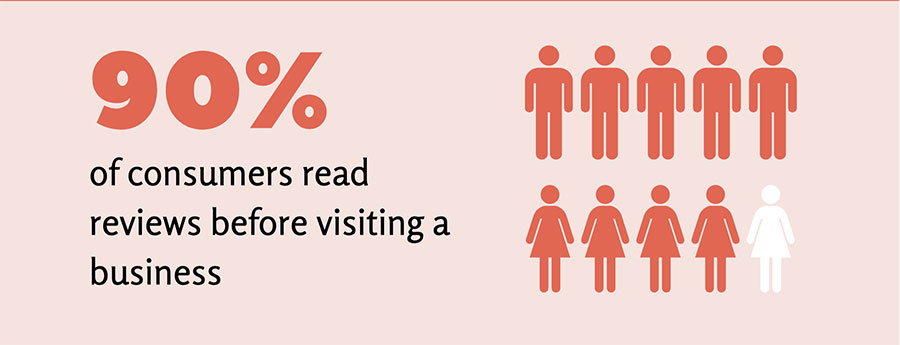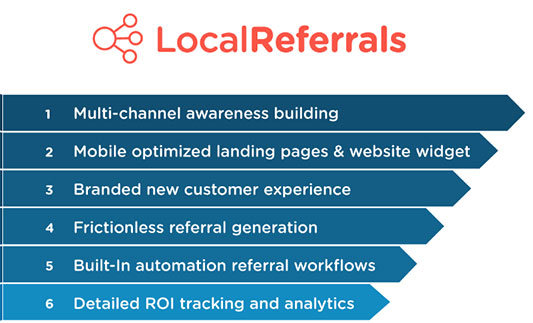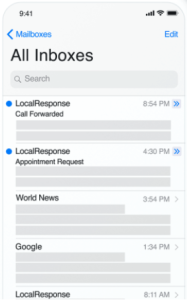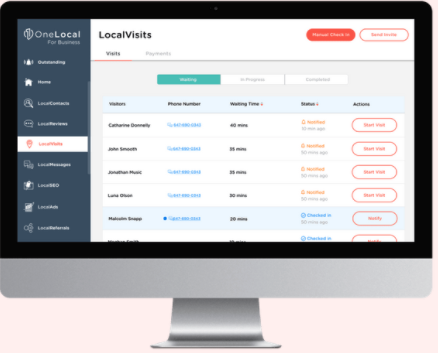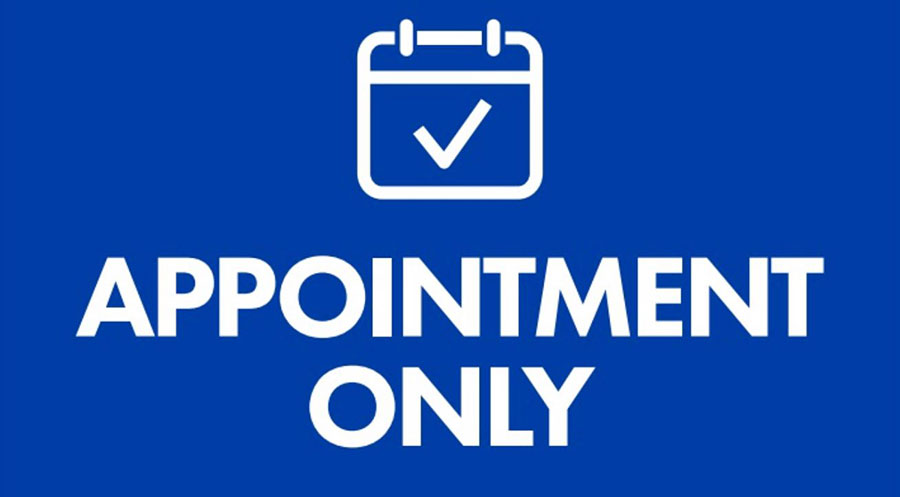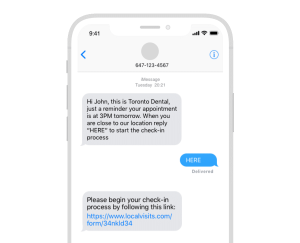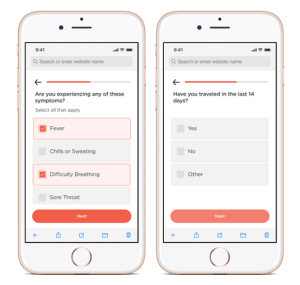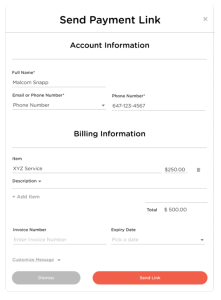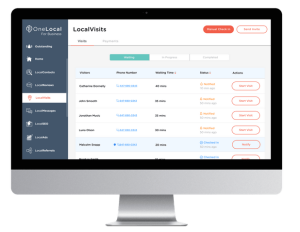
There are a number of grocery stores we can choose from in our smallish town. I always find it interesting to find out where other locals like to frequent and why.
The smaller of the grocery store options is well known for its friendly and familiar faces, which make the slighter higher prices on produce worthwhile.
The largest of the stores is known for having more unique products, in amongst the tried and true products. Some choose the local health food store, where they feel good about the sustainable efforts put into growing and making the food. Still others make a point of visiting the Saturday Market to support local farmers.
Clearly, we are not all seeking the same experience or value proposition. This holds true for customers in every industry.
Importance of Strategic Intent
So how do you apply this to your full scope optometric practice? It starts by intentionally creating a strategy for your office. Take a look at your competition. What are other optometrist offices offering in the area? How are the opticals in your neighbourhood making themselves unique?
Then decide what you want your office to be known for. If you are going to offer the most popular brands, make it a priority to regularly check prices online. Consumers will often ask for this product – but this product is also the easiest for the consumer to compare prices for.
If this is your strategy, be sure your patient hand off is tight and your staff are well trained to assist patients in the gallery. This strategy is heavily dependent on exceptional customer service. The patient knows they could get the product from a number of different sources but chooses to reward a great experience with their business.
Consider Independent Frame Stories
Another strategy is offering independent frames, with brands not readily recognized or available. With these frames, you are creating the story about the frames and the onus is on the practice to engage the patient and relay that story.
I work with a practice in the West who does this particularly well. They source frames from manufacturers from all over North America – and then share their stories on placards placed in the gallery. This strategy seems to appeal to a younger generation in particular as are looking for products that have a unique value proposition.
The most successful businesses are the ones that clearly define their offering and deliberately work towards making sure every aspect of their business stays true to that message.
I encourage you to carve out some time to reflect on what you are currently offering the marketplace. What if your goal was to have patients who are excited to see what you just go into inventory? What frame lines do you need to carry? What message do you need to convey to stir that enthusiasm for your product offering?
Think like the patient, what frames and experience would YOU like to receive? This mind shift could be the first step in moving from ordinary to extraordinary.
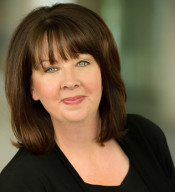
KELLY HRYCUSKO
is the co-founder and managing partner of Simple Innovative Management Ideas (SIMI) Inc. and expert Practice Management contributor for Optik magazine. She can be reached at info@simiinc.com.



